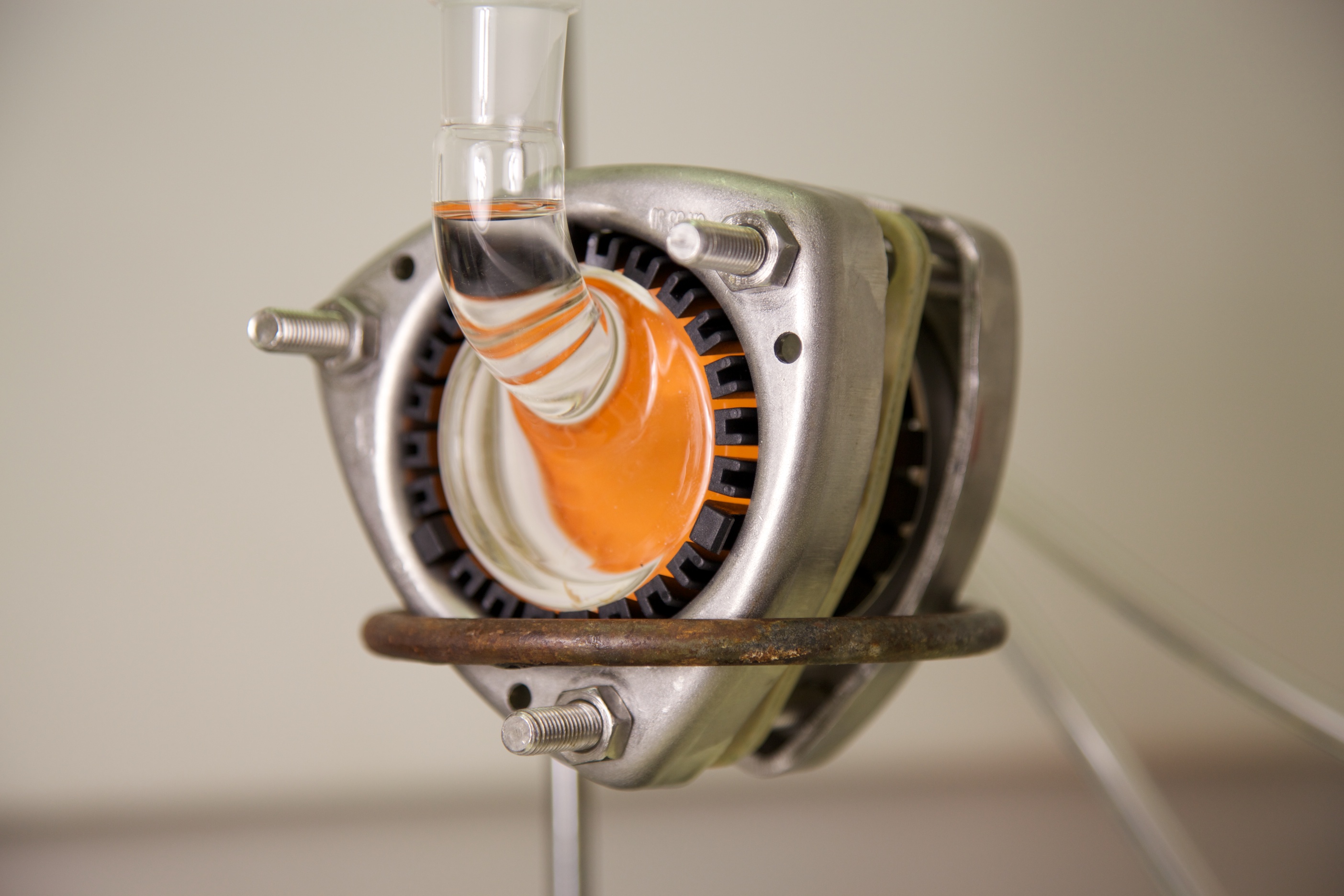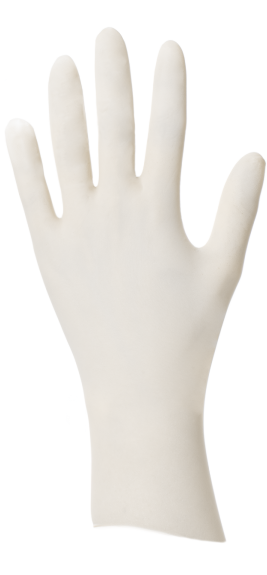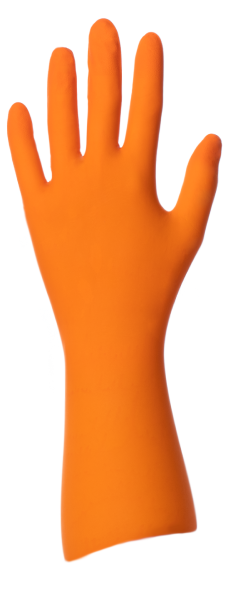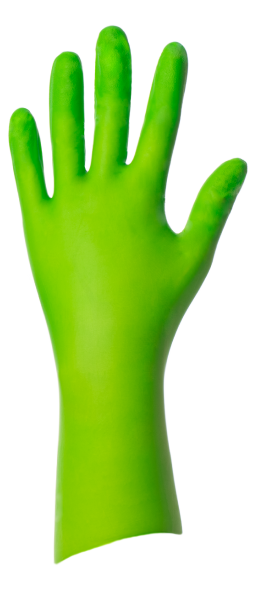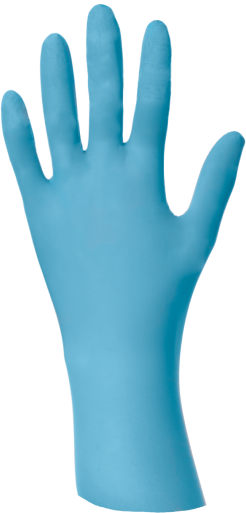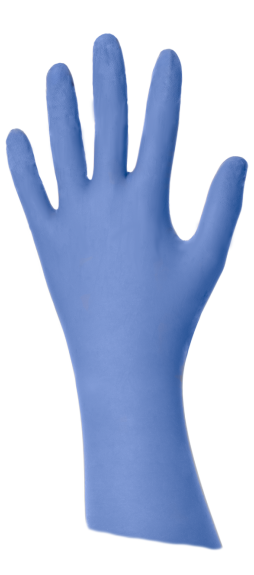Chemical resistance guide
How does it work?
Select data either by CAS number (Chemical Abstracts Service registry number), chemical name or glove type and then, download the results in the form of a chemical resistance chart*.
-
Reset
-
See the results
*DISCLAIMER: The data provided was based on gloves tested under laboratory conditions, in accordance with EN 16523-1:2015 (formerly EN 374-3:2003) and EN 374-4:2013. The information is for guidance only and may not reflect the user’s application. A risk assessment should always be made by purchaser to assess the suitability of gloves for a specific application.
WHY A GLOVES CHEMICAL RESISTANCE GUIDE?
An effective risk assessment should allow the user to select the appropriate personal protection against exposure to chemicals. To help users, SHIELD Scientific has developed one of the most comprehensive chemical resistance guides. Permeation and degradation gloves’ data can be selected either by CAS number, chemical name or product type (up to 3 gloves).
